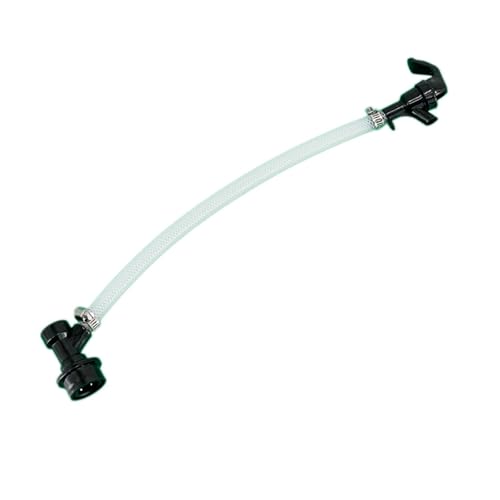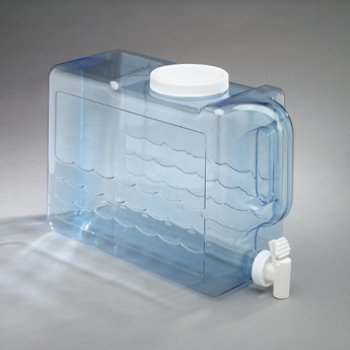ohiobeer29
Well-Known Member
- Joined
- Jul 4, 2014
- Messages
- 104
- Reaction score
- 10
thanks for th ideas guys getting ready to dry hop and seeing these posts gives me a few ideas on how to do it without messing with a bag:rockin:

I use a 6" screen in my MLT as in the picture posted by Seahare. You should be able to pick one up at your LHBS.
I did the same thing as far as the paint strainer bag, grabbed them at Home Depot and they fit the 3 gallon cooler perfectly, I would consider a false bottom but can't justify the expense plus I can't seem to find one that fits my cooler (3 gallon) which is 8" inside diameter.

Can you bent/fold the end to shorten it?
Another option would be to make your own with a SS water supply line.











You would need to check what kind of plastic they are made of.
I have used plenty of 6lt plastic OR bottles to ferment in without problems.

So on the left is a Brooklyn summer clone and on the right is the Everyday IPA from the Brooklyn Brewshop they look and taste very similar and the IPA seems to get more carbonated every time I open one? Any comments?
How did you prime the IPA?
So on the left is a Brooklyn summer clone and on the right is the Everyday IPA from the Brooklyn Brewshop they look and taste very similar and the IPA seems to get more carbonated every time I open one? Any comments?
How did you prime the IPA?
1/4 cup DME and a 1/2 cup of water per the suggestion of my LHBS.
The summer was 3 Tbps of honey I'm a 1/2 C of water.
Has anyone used a plastic water dispenser like the one below as a fermenter? I've seen them and considered using them as they seem to be pretty compact and I could easily fit two or three in my fermentation chamber at the same time. It seems like it would be similar to a Mr. Beer type of fermenter?

Question about gravity readings, since I an brewing small one gallon batches I have never taken a gravity reading for not wanting to waste the sample, is it worth looking into a refractometer? Is it as accurate as a hydrometer?
So on the left is a Brooklyn summer clone and on the right is the Everyday IPA from the Brooklyn Brewshop they look and taste very similar and the IPA seems to get more carbonated every time I open one? Any comments?
That is a little dark for a Brooklyn Summer Ale clone isn't it? What was the recipe for that?
I have a question about dry hopping a 1 gallon batch. I have no problem doing it with one hop except for taking the muslin bag out of the bottle when finished. Has anyone tried it with 2 or more? How do you add the additional hops assuming you are using a muslin bag?
I have always tied some floss (no flavor, no wax) to retrieve the bag, then bottle with the bag still in and gently pull them out YMMV. I like whirlpool additions over dry hopping so depending on how much you are thinking, it might be better to drop them in without a bag and cold crash before packaging.
So has anyone used Jarrylo before? Grabbed some from my LHBS when the dude said he didn't sell much of it, and threw it into a SMaSH with 2-row to test it out.
Smell was amazing in the boil and bottling, fruity but like apples and pears more than a citrus type. Still a while away from being ready to drink, just wondering if anyone had some thoughts on the tastes from experience?

When you cold crash, do you have any problems with carbonating?I just dry hop without a bag and cold crash it 24 hours.
Hops added:
View attachment 280626
After cold crash:
View attachment 280627
When you cold crash, do you have any problems with carbonating?